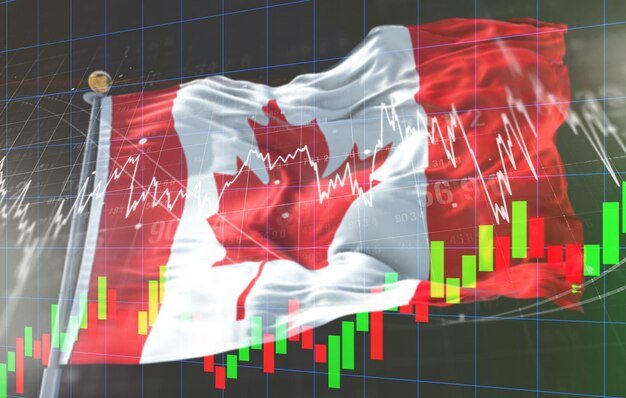OTTAWA — Canada’s annual inflation rate spiked to 2.6% in February, a significant jump from the 1.9% recorded in January, according to new data released by Statistics Canada on Tuesday. The sudden acceleration follows the expiration of a temporary federal tax break that had provided relief to consumers on a range of goods and services.
The tax holiday, which removed the Goods and Services Tax (GST) and Harmonized Sales Tax (HST) from key household items, gifts, and restaurant bills throughout January, remained partially in effect until mid-February. However, its conclusion led to a sharp increase in consumer costs for several sectors, with dining out seeing one of the most pronounced price hikes.
Without the tax exemption in place for the first half of the month, Statistics Canada estimates that inflation would have climbed even higher, reaching 3% for February. The consumer price index (CPI), which tracks final prices paid by Canadians—including applicable taxes—rose in every province, with Ontario and New Brunswick experiencing the most rapid price growth.
Among the biggest contributors to inflation last month was restaurant food, which saw prices decline by 1.4% year-over-year due to the lingering effects of the tax break. But with sales taxes reinstated on February 15, dining out became a leading driver of inflation in the latter half of the month. Other items that had briefly benefited from the tax exemption—such as alcoholic beverages, children’s clothing, and toys—also saw smaller price drops in February compared to January before rising again once taxes returned.
Meanwhile, gasoline prices edged up by 0.6% from January to February, but their year-over-year increase remained moderate, preventing a more severe inflationary surge.
One area where Canadians felt significant price pressure was in travel expenses. The cost of travel tours skyrocketed by 18.8% compared to a year earlier, largely due to heightened demand for trips to the United States over the President’s Day holiday weekend.
Despite the inflationary pressures recorded in February, Statistics Canada clarified that these figures do not yet reflect the impact of recent tariffs and counter-tariffs between Canada and the United States. Those trade measures, which were rolled out in March, are expected to influence consumer prices in the coming months.










































